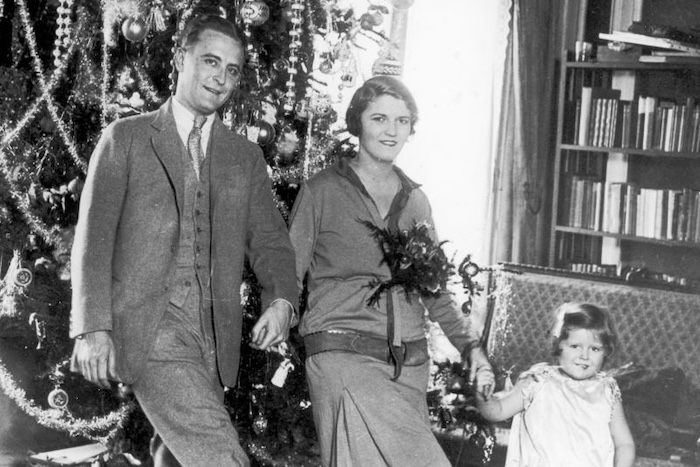
Up Close With the Beauty of Gatsby: On Teaching (And Reading) an American Classic
The Great Gatsby: If you went to high school in the United States, your parents read it, you’ve read it, your friends have some vague memory of the green light and Daisy and Nick, and your kids probably will too. I read it in high school and college, and now am a member of the great tribe of high school teachers who put it on our American Literature syllabi year after year, 100 years after its publication. Almost no text is so ubiquitously found in classrooms, which is also why it often draws righteous indignation and constant interrogation: Do more people need to read this, again? Is there really nothing else that would serve the same purpose? Are we being lazy educators, perpetuating a system that mindlessly privileges a few texts, identities, etc.? These are questions I ask every year, and every year, I choose again to teach it. The reasons are multifarious: I believe there is value in a canon (how many texts are we able to discuss with our peers, parents, and children?); I also think, contrary to the identitarian objection, the text raises interesting and relevant questions of class, gender, etc. But most importantly, Gatsby cares about language. Few texts so carefully ensure the fluidity or the languor of a sentence mirrors its function; few make you feel the slap of an em-dash or the runaway car of a string of commas. Gatsby doesn’t just tell you a story, it teaches you how to love language. In a world of identity politics, the ascendancy of tech, finance, and optimization, language itself is an increasingly rare concern. The art of paying careful attention to language is one we purport to teach in class. We call it close reading. I think Gatsby is a text that both represents and defends close reading. And it does need defending.

